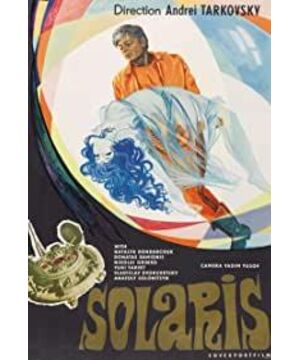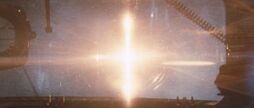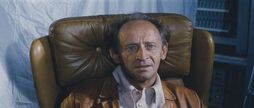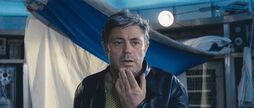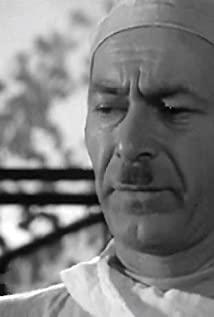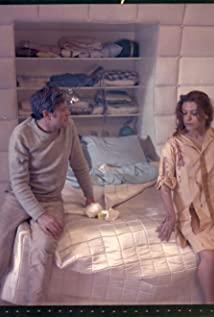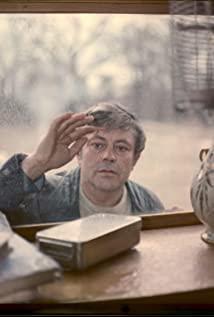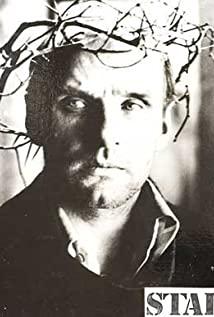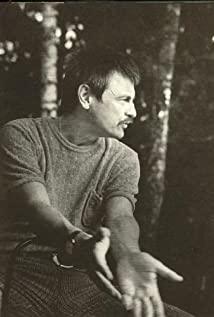The ending of Tarkovsky's "Star of Solaris" was very shocking. The energetic Kelvin returned to his father's house, and the lingering fog in the title was also swept away. The air was clear and the dog ran. When he came to meet him, he touched the dog affectionately and walked to the window. Suddenly something is wrong, why is there a water leak in the house? The old father walked slowly into the scene, and the water on his shoulders did not respond. When his father saw Kelvin with his face against the windowpane, he opened the door, and Kelvin greeted him and knelt at his father's feet, just like the one who was kneeling against Haruo in the library of the space station.
After that, for fear that the audience would not know the truth, the old tower zoomed out and added a five-ruble special effect, clearly indicating that this is a "reconstructed" small theater in the ocean of Solaris. Who is this version of Kelvin? Naturally, it is Kelvin who was copied after throwing all the EEG to Ocean. The real Kelvin classmate is the same as the ending in the book, still entangled in the space station whether or not to stay, waiting for Hai Ruo to come again.
In fact, from the perspective of the movie's discussion of human nature, the last long shot was a bit redundant, as if the original author Lyme and Lao Ta had ordered to add it (which is basically impossible). Because throughout the movie, it’s not Solaris starring at all, but the relationship between Haro and Kelvin as the main axis. To be more precise, as the relationship between the two deepens, Haro’s humanity is growing. The moral dilemmas and conflicts brought about.
After Hai Ruo committed suicide by drinking liquid oxygen (the paragraph in the original book is very cruel), the convulsions lying on the floor during the resurrection reminds me of the female bionic Pris shooting Harrison Ford in "Blade Runner" The middle and rear jogging violently on the ground.
Interesting and interesting. If Hai knows that he is not a human being, he is just a body-ghost-tool, it is impossible to get Kelvin’s true love, painful suicide, but even more painful resurrection; Pris also knows that he is not a human, but Having a body more dynamic than humans and a desire for life, he died in struggle after being shot.
Whether it is a movie version or a novel (the original work of "Blade Runner" is Philip K. Dick's "Do Bionics Dream of Electronic Sheep?"), both "Star Solaris" and "Blade Runner" There is no way to compare, the difference is too big. However, if Hai wants to die but cannot, the fundamental reason that Pris wants to live but must die may lie in the difference of his creator. Haro’s creator is Solaris, and Pris is human. Humans are afraid that the bionics will steal their jobs, but Solaris Star doesn't care about anything. In the end, they care about themselves.
But to be honest, Lyme's original work is based on Dayang, and human nature is just an incidental story shell, not the object of his old man's attention. The ending of the old tower is close to Lyme’s original intention, because it is extremely scary to think about it, so this Kelvin is fake, the house is fake, the dog is fake, the tree and the water are constructed from childhood memories. His homesickness and everything are fake, his father is also fake, and his compassion is also fake. They are all "brain supplement movies" played at will by Da Yang Xingzhi. And just as the giant baby seen by the pilot Bolton in the movie (also in the book) symbolizes that the ocean itself does not have a purpose that humans can understand.
In fact, both Lyme and Old Tower throw the same question to readers and audiences, but this question has different weights for the two. That is, if you have done something that you regret deeply, now you can make it back, but you have to pay a great price, can you do it?
In the context of "Star Solaris", it was Kelvin who unintentionally caused the suicide of his ex-wife. With Da Yang’s unintentional help, he had the opportunity to reunite with his "wife", but the direct price was that he could never leave Dayang again. The indirect cost is that the soul is corroded, or polluted, or stolen. This indirect cost is nothing in Lime, and the old tower comes to play, it is also a dream, it is a mother, and it is to wash off the stains with water.
The "Suo" novel was published in 1961, the tower version of the film came out in 1972, 11 years apart, the "Fake" novel was published in 1968, and the film came out in 1982, 14 years apart.
The four masterpieces are all superb.
View more about Solaris reviews


